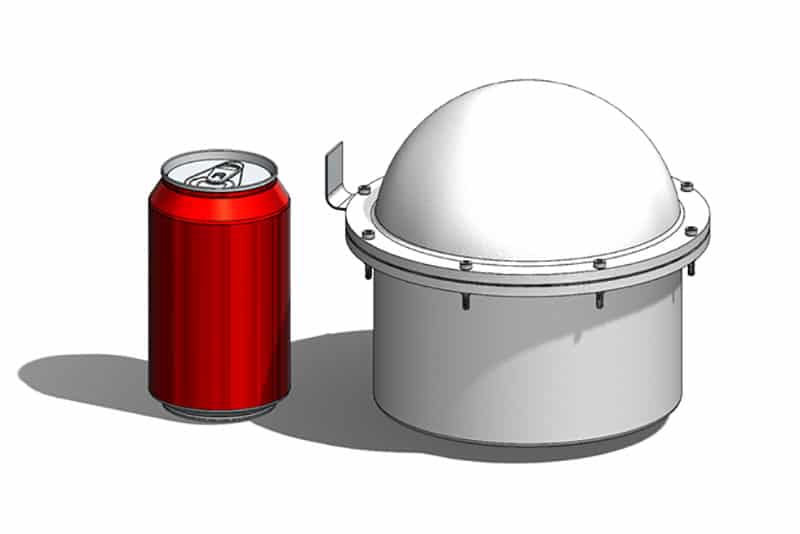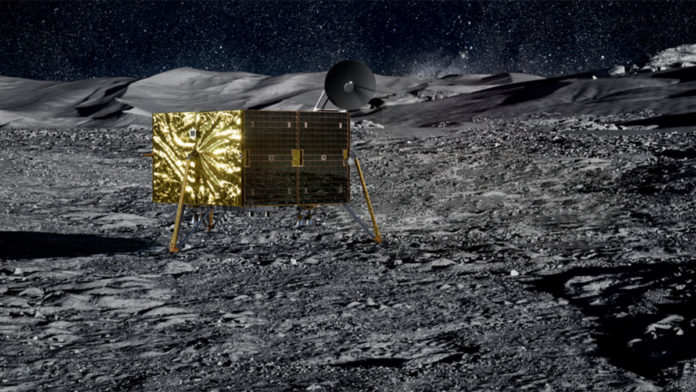NASA plans to return astronauts to the Moon. Several companies are already working on developing the necessary technology that will allow humanity to return to our natural satellite and survive its harsh environments.
One of them is the space technology company Masten, which is building the technologies to enable sustainable access and long-term mission operations on the lunar surface.
The lunar day/night cycle includes 14 Earth days of continuous sunlight followed by 14 days of continuous darkness and extremely cold temperatures as low as -232°C (or -387°F). The problem is that flight computers and payloads typically require a minimum operating temperature of -40°C, so a huge mass of batteries is needed to stay warm.
Masten has developed a new way to tackle this problem in the form of its Nighttime Integrated Thermal and Electricity (NITE) system, which relies on exothermic chemical reactions to produce both heat and power, enabling landers and payloads to survive the lunar night and extend operations in shadowed lunar regions.

Masten’s NITE system is up to seven times lighter than an equivalent battery and can be attached to landers, rovers, and other lunar assets for both robotic and crewed missions. It uses metals and leftover oxidizers from the landing craft’s propulsion system to generate an exothermic chemical reaction to produce both heat and power through the lunar night. The system autonomously operates when temperatures fall below a specified threshold and can be deactivated during the lunar day to prevent overheating.
According to the company, the NITE system is restartable on-demand, low mass, and unaffected by lunar dust. And unlike the alternatives, NITE doesn’t require solar power to operate.
The NITE system produces significantly more heat at approximately 1900 Wh/kg with a low-mass solution. It enables landers, rovers, and payloads to operate for 12 months or longer, depending on the oxidizer and mass allocated to the NITE system. The company says their system saves $50 million+ indirect costs compared to nuclear solutions and saves $10 million+ in mass penalties compared to battery solutions.
The team has already successfully tested the system using various fuels and water-based circulatory systems and hopes to finalize the design by mid-2022. Masten also hopes to eventually test the system in a lunar environment.
